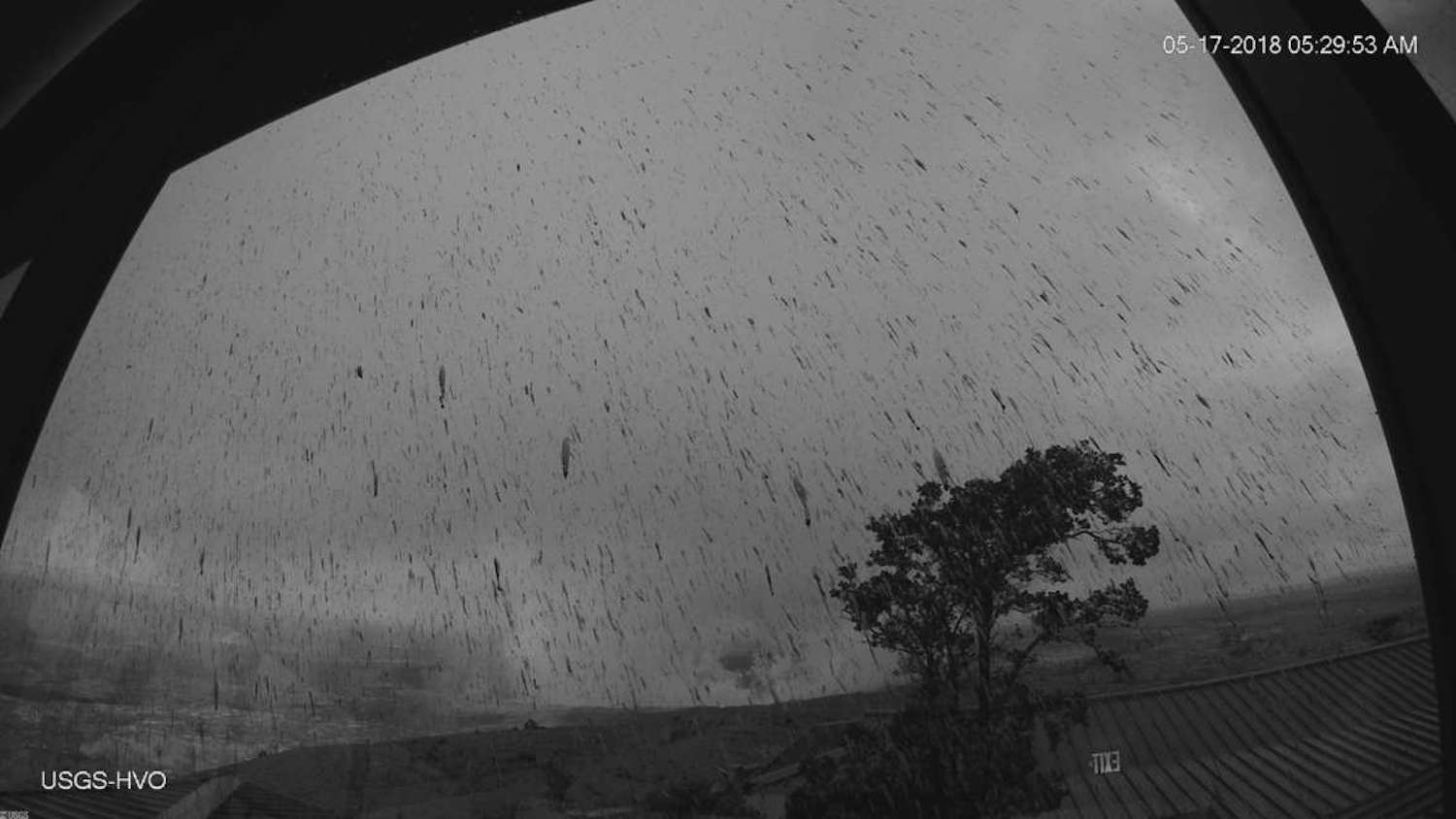- The Kilauea volcano in Hawaii erupted on Thursday morning.
- It has been very active over the past week.
- It has already caused earthquakes, destroyed buildings, and forced hundreds of people to evacuate.
Hawaii’s Kilauea volcano erupted early Thursday, sending an ash plume 30,000 feet into the sky.
The “explosive eruption” hit shortly after 4 a.m. local time, the Hawaii County Civil Defense Agency said.
The emergency-management agency described the blast at the summit of the volcano on the eastern part of Hawaii’s Big Island.
5 AM eye-opener at the the Kīlauea Volcano summit. HVO and Park Staffs previously evacuated. Lone webcam in the HVO Tower shows the plume. https://t.co/GVg72Rc51N pic.twitter.com/RBUbYa39rP
— USGS Volcanoes🌋 (@USGSVolcanoes) May 17, 2018
Authorities added that the ash plume would most likely spread to the island's southeast and urged people to take shelter.
This graphic from the US Geological Survey shows how far the ash could travel from the island.
https://twitter.com/USGSVolcanoes/status/997160054586466304?ref_src=twsrc%5Etfw
Officials at the USGS have said that they expect to publish a report on the volcano's activity soon and that the eruption occurred too early in the morning to be captured by video footage.
Everybody usually stationed near the volcano had been evacuated, the USGS said.

The volcano has been very active for about a week, spewing ash as well as lava and molten rock from its fissures.
It has caused earthquakes, shot out "ballistic blocks," and destroyed at least 30 buildings over the weekend, forcing 1,700 residents to evacuate.
The USGS on Tuesday issued a rare "red alert" warning, its highest level, meaning that a major volcanic eruption was imminent or underway and that the toxic ash clouds could affect air traffic.

Astronauts said earlier this week that the volcano was "easy to see" from space.


